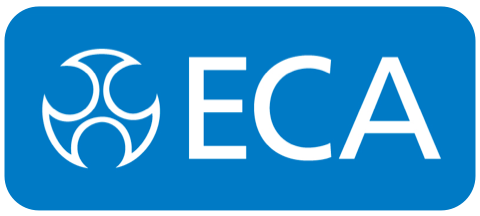
Working Group 2, set up as part of the post-Grenfell Competence Steering Group, has published a report marking an important milestone in progress towards improved standards of installer competence in the built environment.
Volunteers from Working Group 2 have worked with six pilot installer sectors – Domestic Plumbing and Heating, Dry Lining, Fire Detection and Alarms, Fire Stopping Specialist, Rainscreen Cladding, and Roofing – to benchmark existing competence arrangements.
This Pilot – Phase One stage sets a baseline to identify shortfalls and considers the changes needed to create competence frameworks that comply with the recommendations of Setting the Bar.
In 2020, Setting the Bar outlined how industry must improve the competence of those procuring, designing, constructing, inspecting, assessing, managing, installing and maintaining higher risk residential buildings.
Today’s report recognises that good practice exists in each of the six sectors that allows them to demonstrate elements of competence.
Yet there are elements of each sectors’ arrangements that the working group has red rated, showing that significant work is required to meet the requirements of Setting the Bar. Each sector will now move to develop sector-specific competence frameworks that play to existing strengths and close off any red flag issues raised in the report.
This process – which will also develop a timeline and implementation plan for each sector – is expected to take six to nine months. The report also calls on other installer sectors to begin their own competence journey now, offering guidance to help them do so which Working Group 2 has developed during the pilots.
Mark Reynolds, Sponsor for the CLC’s People and Skills Network, said: “Publication of Working Group 2’s latest report marks an important milestone in progress towards improved standards of installer competence in the built environment. The CLC will continue to do all we can to assist with the pilots and I would urge other installer sectors now to embark on their own competence journeys, drawing on the resources which Working Group 2 has provided.”
Last updated 17 May 22
